Hatchings of California condor chicks mark milestone for endangered species: Watch video
The San Diego Zoo Wildlife Alliance recently welcomed its 250th California condor chick, marking a significant moment for a species that was once on the brink of extinction.
Emaay (pronounced “eh-MY”), a Kumeyaay word meaning sky, was born on March 16 to parents Mexwe (pronounced “MEX-weh”) and Xol-Xol (pronounced “HOLE-hole”). The chick, whose sex has not yet been determined, is the duo's 9th chick since they were paired together in 2015. California condors lean towards monogamy and share all nest duties, including incubating the egg, brooding and feeding the chick, and defending the nest, the wildlife alliance explained in a news release Thursday.
'Eggstra': Milestone hatch shows progress of species that was almost extinct
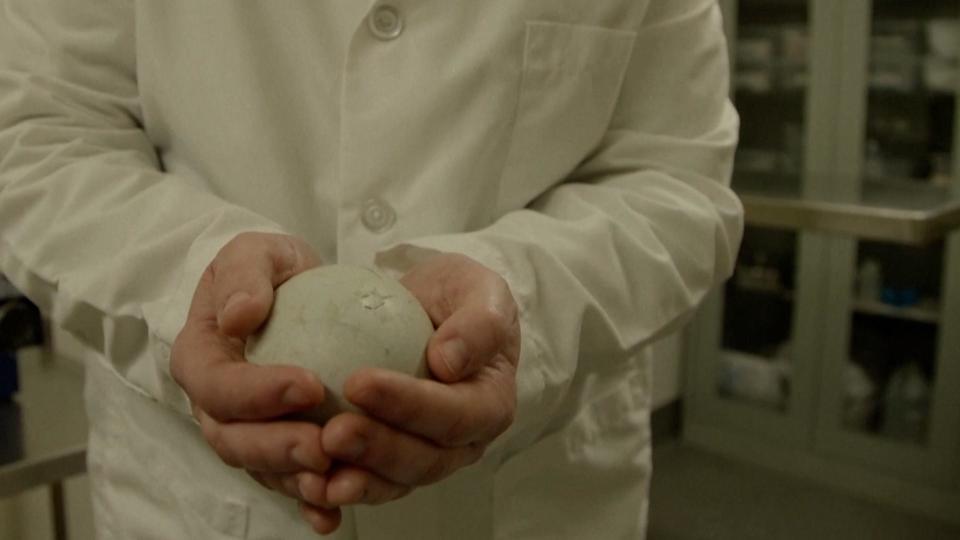
What made Mexwe and Xol-Xol's egg, or "eggstra," as the wildlife alliance put it, special is the fact that in 1982, Xol-Xol was one of the only 22 surviving California condors on Earth. He was rescued as a small chick at 3 months, neglected by his parents, who were caring for another chick from the previous year. Despite a rocky start to his life, Xol-Xol became a key player in reviving his species, fathering over 40 eggs with 3 different mates, the wildlife alliance said.
After Mexwe laid an egg that looked "seemingly ordinary" on Jan. 20, "it was carefully removed by expert teams and placed into a temperature- and humidity-controlled incubator," the San Diego Wildlife Alliance said.
"It looked like many of the eggs that came before it: white, large, oblong," the alliance said. "But this one was different, as it marked the beginning of a milestone moment that’s cause for celebration."
Meanwhile, a replica that looked and felt exactly like the original was placed in the nest "so the parents could continue to care for it."
"With critically endangered species, including California condors, this is common practice to ensure the safety of the egg," the wildlife alliance said.
Over the next couple of weeks, wildlife experts at the facility closely monitored the embryo's development to ensure that it was progressing smoothly. Fortunately, despite a few false scares, "Emaay was able to begin pipping successfully." Pipping is the initial breaking of the shell by the hatching bird and begins around 55 days after an egg is laid.
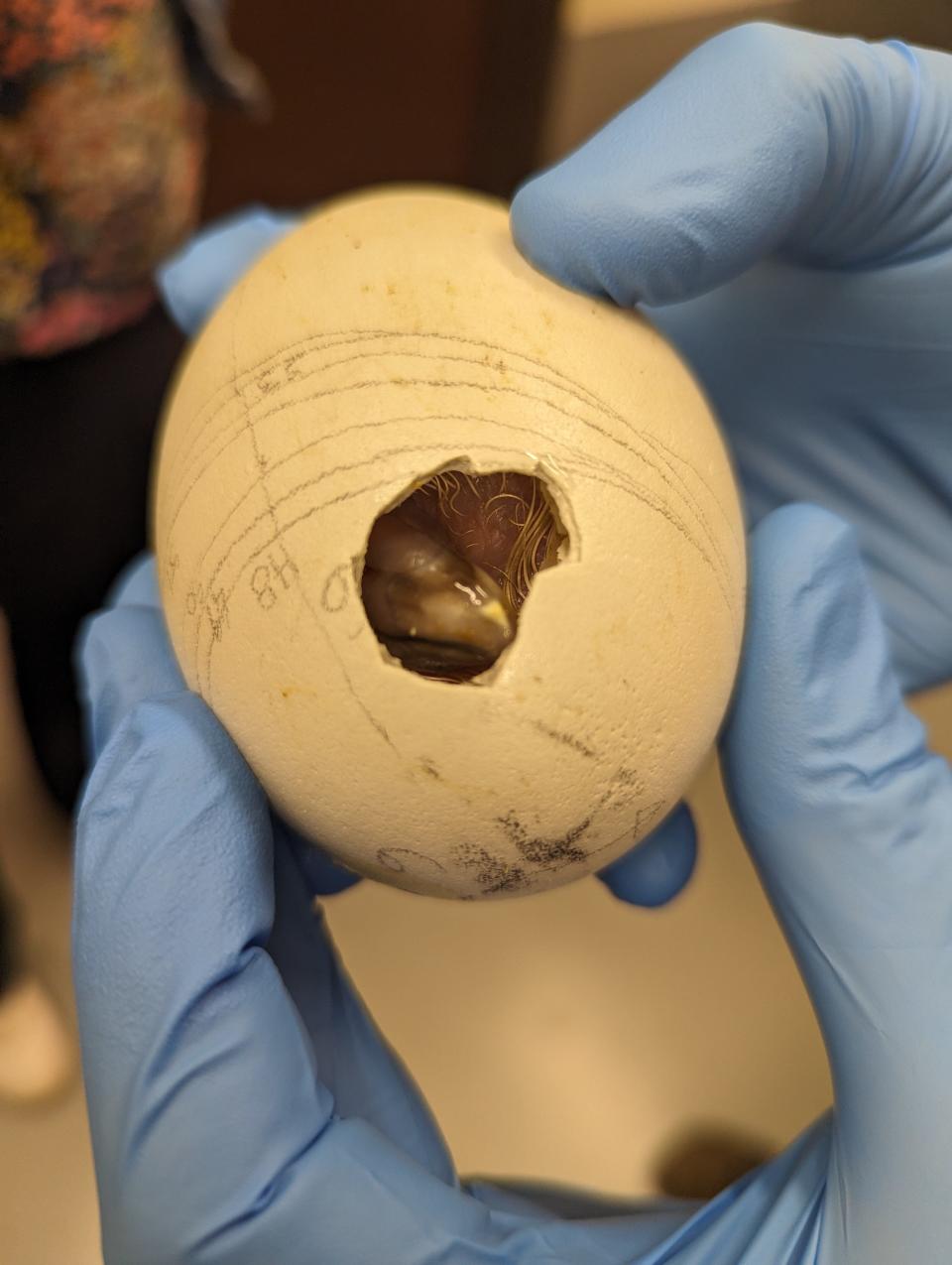
California condors: Family bonding
When the egg was about to hatch, it was placed back into the nest so that the newborn chick and its parents can begin to bond.
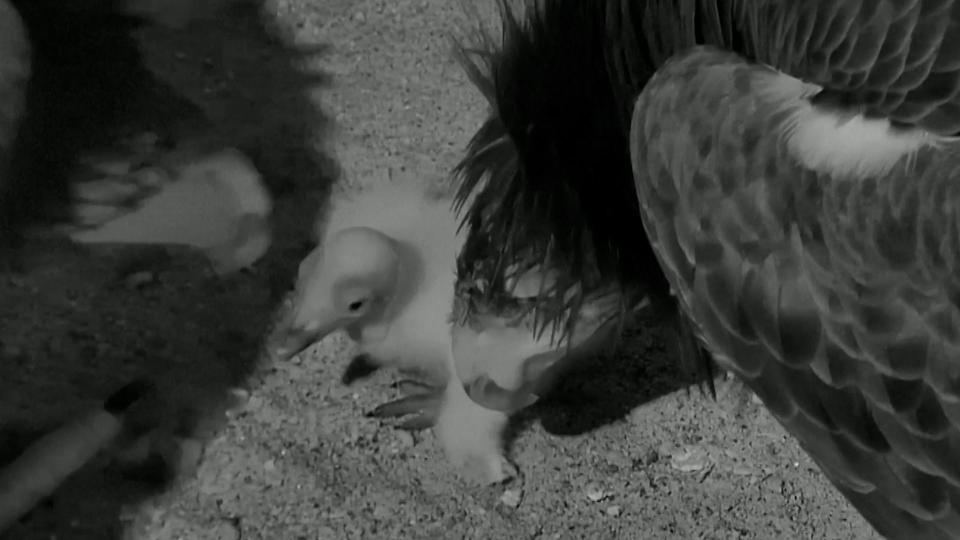
"In this case, Xol-Xol and Mexwe were immediately attentive, helping Emaay successfully break through the eggshell—and officially making it the 250th California condor hatched at the Safari Park," the alliance said, adding that the new family has been behaving naturally and the parents have been taking care of little one with a lot of warmth and love.
Five California condor chicks born in Los Angeles Zoo
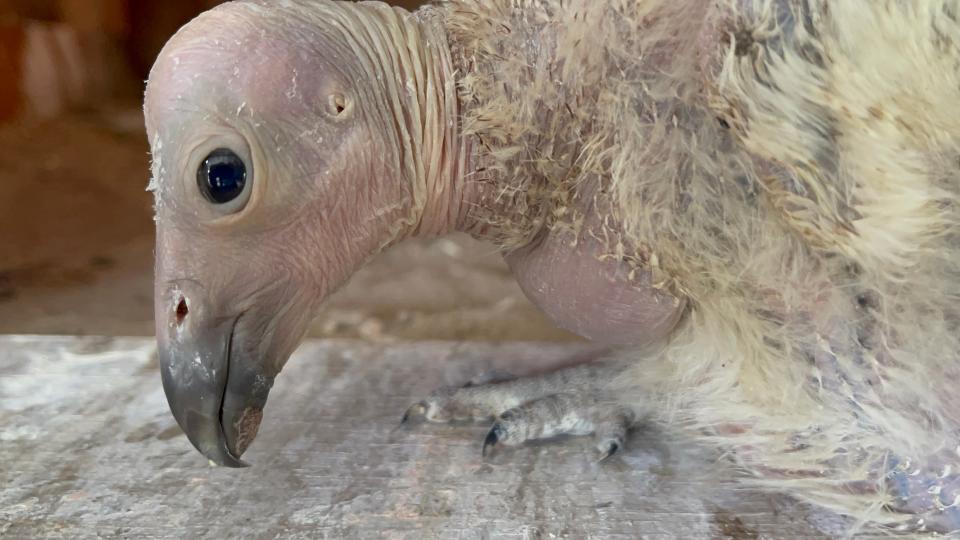
In a similar turn of events, the Los Angeles Zoo recently welcomed 5 California condor chicks, the first hatchlings of this breeding season, according to the zoo.
The zoo, in a news release on April 8, said that the first egg was laid at the beginning of January, with the first chick hatching on March 1 and four more hatching over the past 2 weeks. Approximately 16 eggs were laid in total in this year so far, the zoo said.
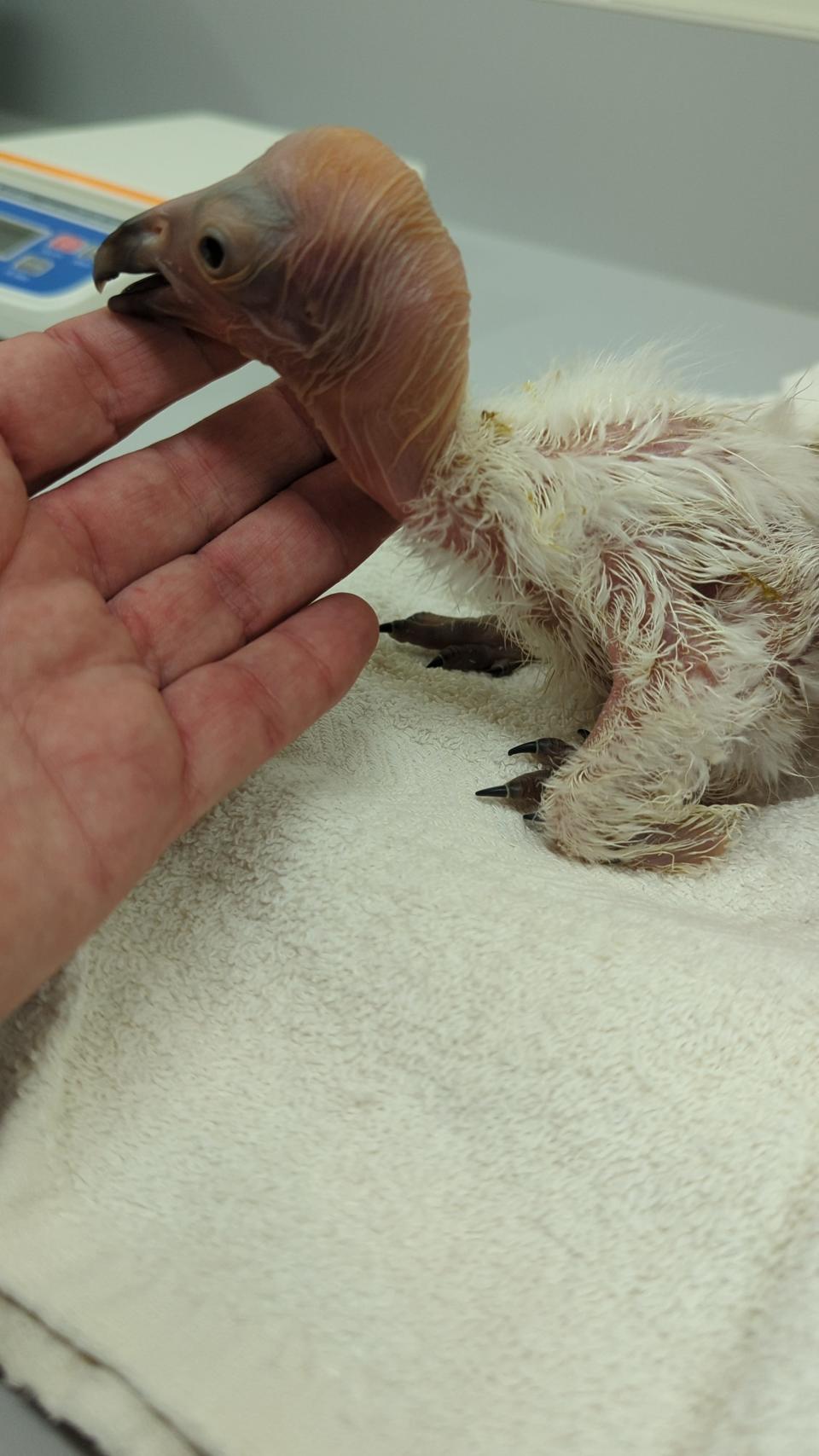
"Our condor pairs here are having a pretty epic egg-laying season so far, and they are not done yet," Mike Clark, the zoo's condor keeper, said in a statement. "We are seeing excellent fertility in the eggs produced so far, and we expect four to five more eggs before the 2024 laying season is over."
The L.A. Zoo has housed California condors since 1967, when Topa Topa arrived as a "malnourished fledgling rescued in the wild."
California Condor Recovery Program
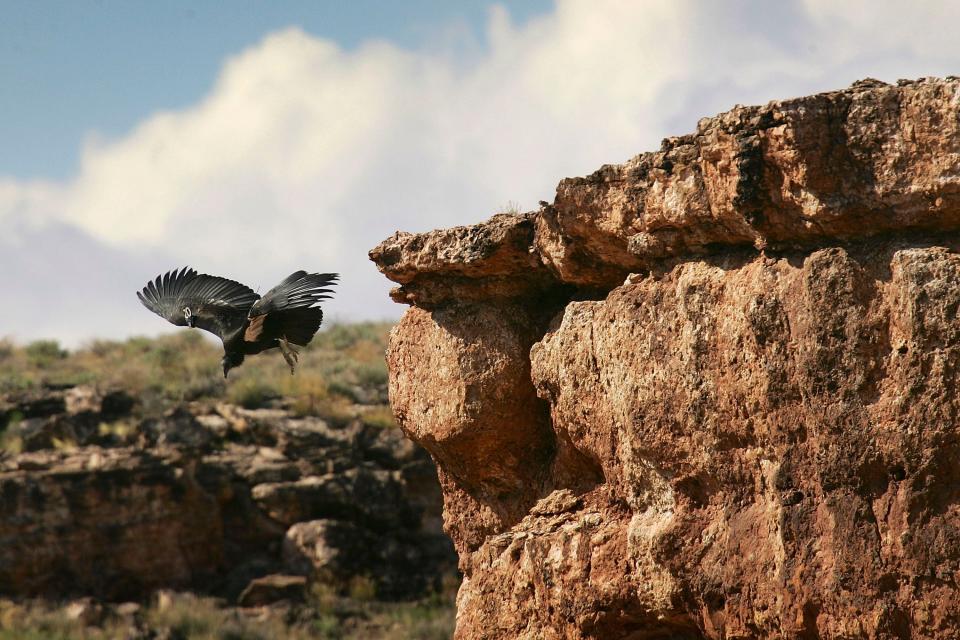
The birth of the California condors at the California-based facilities is part of the state's Condor Recovery Program, a collaborative effort, headed by the U.S. Fish and Wildlife Service to revive the endangered species. Partners include local, state and federal agencies, as well as indigenous tribes and non-government organizations.
The California condor was listed as an endangered species in 1967, while the recovery program was established in 1979.
"By 1982, only 22 condors survived in the wild, in an effort, to avoid extinction of the species, the Service and partners began to capture the remaining wild condors," U.S. Fish and Wildlife says on their website. "Five years later, all remaining wild condors were in captivity and a captive breeding program to save the species was underway."
California condors bred at L.A. Zoo and the San Diego Wildlife Alliance are eventually released into their native range and today there are more than 300 condors in the wild, as per U.S. Fish and Wildlife. L.A. Zoo said that there are 561 California condors in the world, as of December 2023, with 344 in the wild.
Besides breeding California condors, the Condor Recovery Program also looks after the condors' well-being, including vaccinating them against HPAI, or avian influenza.
California condors are the largest land bird in North America
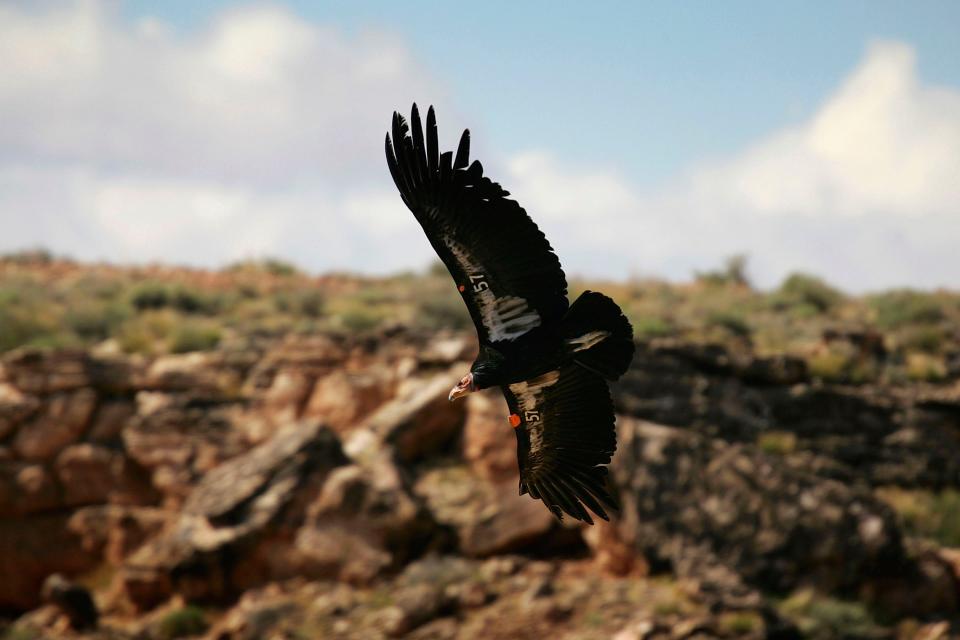
The California condor is the largest land bird in North America, as per the L.A. Zoo, with wings spreading out to nine-and-a-half feet. Adult condors rise up to three feet in height and weigh 17 to 25 pounds. The species can soar up to 15,000 feet and can travel up to 150 miles a day.
Terming them as "unsung sanitation heroes across the Southwest," the San Diego Wildlife Alliance explains that these species are an important part of the ecosystem like other vultures and scavengers, cleaning up nature by feeding on the carcasses of large mammals including deer, cattle, and marine mammals such as whales and seals.
Saman Shafiq is a trending news reporter for USA TODAY. Reach her at sshafiq@gannett.com and follow her on X, the platform formerly known as Twitter @saman_shafiq7.
This article originally appeared on USA TODAY: Endangered California condors hatch: Watch video of growing population
